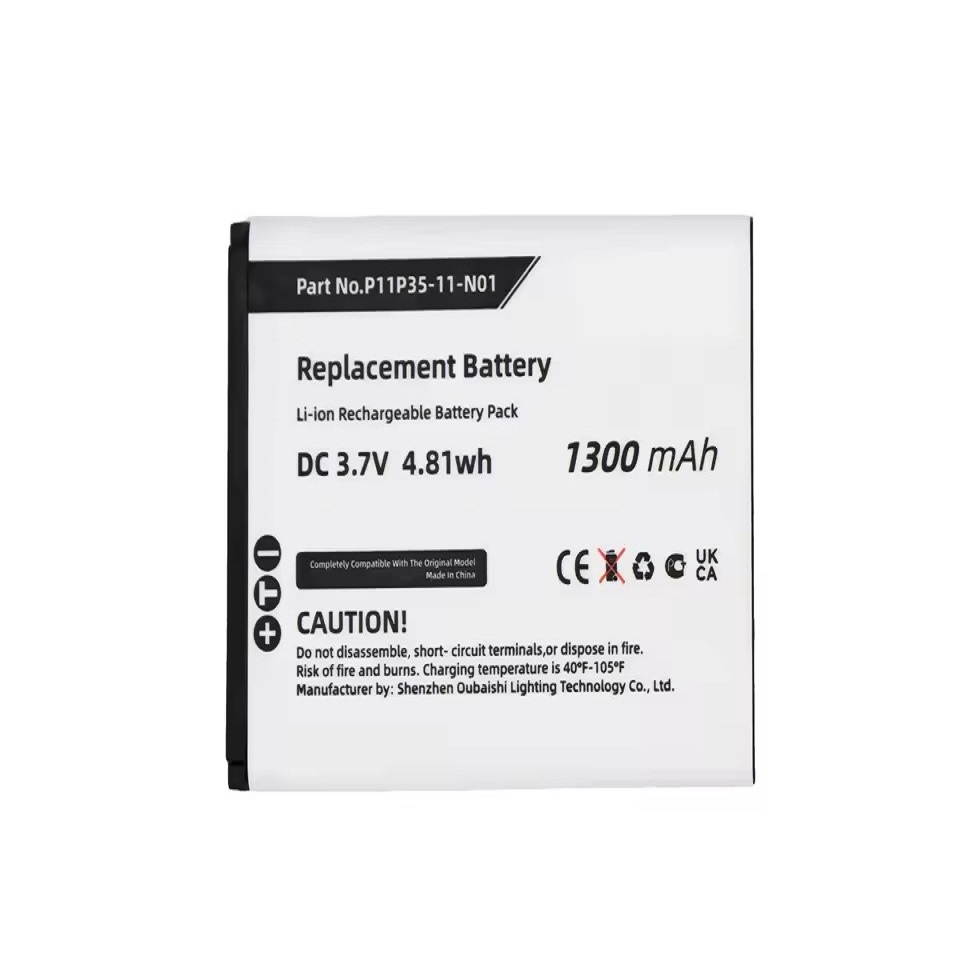Introduction
The Emergence of MDTI Batteries
In recent years, the demand for high-performance batteries has surged, driven by the increasing adoption of electric vehicles (EVs), renewable energy storage systems, and portable electronic devices. Among the various battery technologies, MDTI (Multi-Dimensional Titanium Interlayer) batteries have emerged as a promising solution, offering significant improvements in efficiency and longevity. This article delves into the intricacies of MDTI batteries, exploring their design, performance, and potential applications. By understanding the underlying principles and advancements, we can better appreciate the role these batteries play in shaping the future of energy storage.
Design and Composition
The Structure of MDTI Batteries
MDTI batteries are characterized by their unique multi-dimensional titanium interlayer, which integrat into the electrode structure. This interlayer serves as a crucial component, enhancing the overall performance of the battery. The interlayer compose of a nanostructured titanium oxide, which provides a highly conductive and stable interface between the anode and cathode. This design not only improves the electrical conductivity but also enhances the mechanical stability of the battery, making it more resilient to physical stress and thermal variations. The use of titanium, known for its high strength and corrosion resistance, further contributes to the durability and reliability of MDTI batteries.
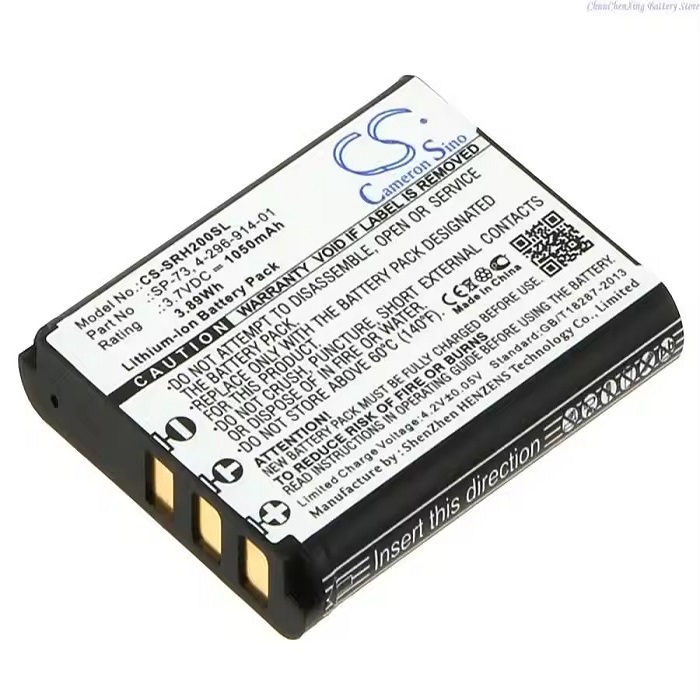
Materials and Manufacturing
The materials used in MDTI batteries are carefully selected to optimize performance and longevity. The anode typically consists of lithium-titanium oxide (LTO), while the cathode is made from lithium iron phosphate (LFP). These materials are chosen for their high specific capacity, excellent cycling stability, and safety. The manufacturing process involves advanced techniques such as sol-gel synthesis. Electrospinning, and sintering, which ensure the uniform distribution of active materials and the formation of a robust interlayer. The precision and control in the manufacturing process are critical to achieving the desired properties and performance of MDTI batteries.
Performance Characteristics
Energy Density and Power Output
One of the key advantages of MDTI batteries is their high energy density, which allows them to store a significant amount of energy in a compact form. The energy density of MDTI batteries is typically around 200-250 Wh/kg, making them suitable for a wide range of applications, from consumer electronics to electric vehicles. Additionally, MDTI batteries offer impressive power output, with the ability to deliver high currents without significant voltage drops. This makes them ideal for applications that require rapid charging and discharging, such as regenerative braking in EVs and high-power tools. The combination of high energy density and power output positions MDTI batteries as a versatile and efficient energy storage solution.
Cycling Stability and Lifespan
Cycling stability is a critical factor in determining the lifespan of a battery. MDTI batteries exhibit exceptional cycling stability, with the ability to undergo thousands of charge-discharge cycles without significant degradation in performance. This is attributed to the stable and conductive titanium interlayer, which minimizes the formation of internal resistance and reduces the risk of dendrite growth, a common issue in lithium-ion batteries. The interlayer also helps to maintain the structural integrity of the electrodes, preventing the loss of active materials during cycling. As a result, MDTI batteries can achieve a lifespan of over 10,000 cycles. Significantly outperforming conventional lithium-ion batteries. This longevity makes them a cost-effective and sustainable choice for long-term energy storage applications.
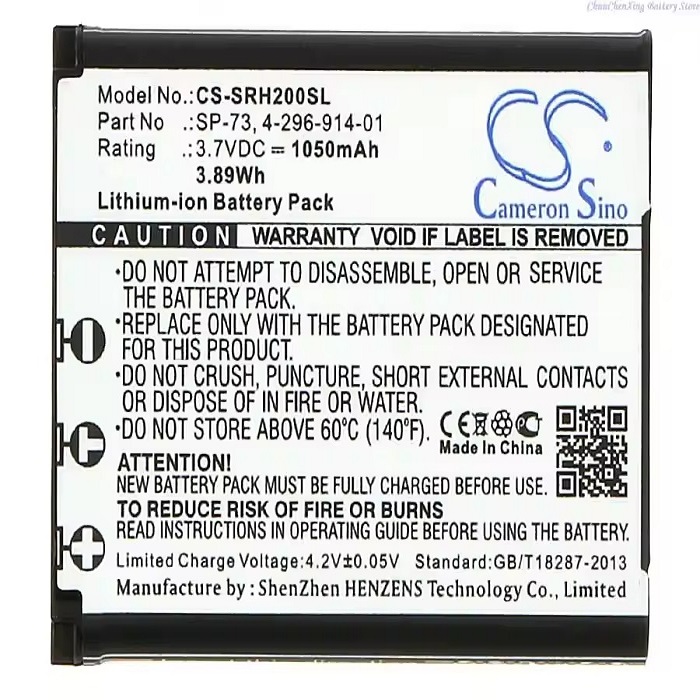
Thermal Management
Heat Dissipation and Safety
Effective thermal management is essential for the safe and efficient operation of batteries. MDTI batteries are designed with advanced thermal management features to ensure optimal heat dissipation and prevent overheating. The titanium interlayer, with its high thermal conductivity, plays a vital role in dissipating heat away from the active materials. Additionally, the battery cells aoften equip with cooling systems. such as liquid cooling or phase change materials, to maintain a stable operating temperature. These measures help to enhance the safety and reliability of MDTI batteries, reducing the risk of thermal runaway and other safety hazards. The robust thermal management system also contributes to the overall efficiency of the battery. As it ensures that the battery operates within its optimal temperature range, thereby maximizing its performance and lifespan.
Thermal Runaway Prevention
Thermal runaway is a catastrophic event that can occur in batteries when the temperature rises uncontrollably, leading to a chain reaction of exothermic processes. MDTI batteries incorporate several safety features to prevent thermal runaway. The titanium interlayer, with its high thermal stability, acts as a barrier to heat propagation, effectively isolating the affected cell and preventing the spread of heat to adjacent cells. Furthermore, the battery cells equip with thermal fuses and pressure relief valves, which activate in the event of excessive heat or pressure, safely venting the gases and preventing an explosion. These safety mechanisms, combined with the inherent thermal stability of the materials. Make MDTI batteries a safer and more reliable option compared to traditional lithium-ion batteries.
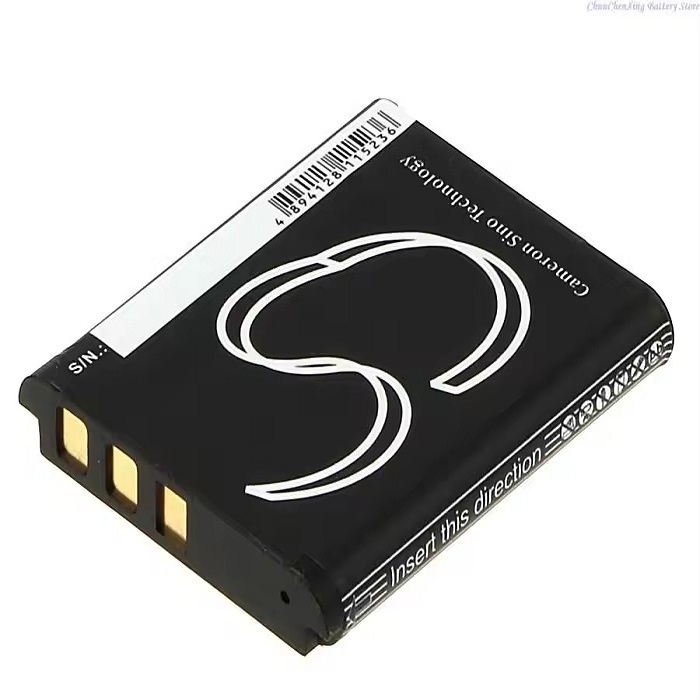
Environmental Impact
Sustainability and Recycling
The environmental impact of batteries is a growing concern, and MDTI batteries are designed with sustainability in mind. The materials used in MDTI batteries, such as lithium, titanium, and iron, are abundant and can source through environmentally friendly methods. Moreover, the high efficiency and longevity of MDTI batteries reduce the need for frequent replacements, thereby minimizing waste. At the end of their lifecycle, MDTI batteries can be recycled, with the valuable materials being recovered and reused. The recycling process involves hydrometallurgical and pyrometallurgical techniques, which efficiently extract the metals and other components. This closed-loop approach to battery production and disposal ensures that MDTI batteries have a minimal environmental footprint, making them a greener alternative to conventional batteries.
Emission Reduction
The use of MDTI batteries in electric vehicles and renewable energy storage systems can significantly contribute to the reduction of greenhouse gas emissions. Electric vehicles powered by MDTI batteries produce zero tailpipe emissions, helping to improve air quality and reduce the carbon footprint of transportation. In the context of renewable energy, MDTI batteries can store excess energy generated by solar panels and wind turbines, ensuring a stable and continuous power supply. This enables a higher penetration of renewable energy sources into the grid, reducing the reliance on fossil fuels and lowering overall emissions. The high efficiency and long lifespan of MDTI batteries make them a key enabler in the transition to a more sustainable and low-carbon energy system.
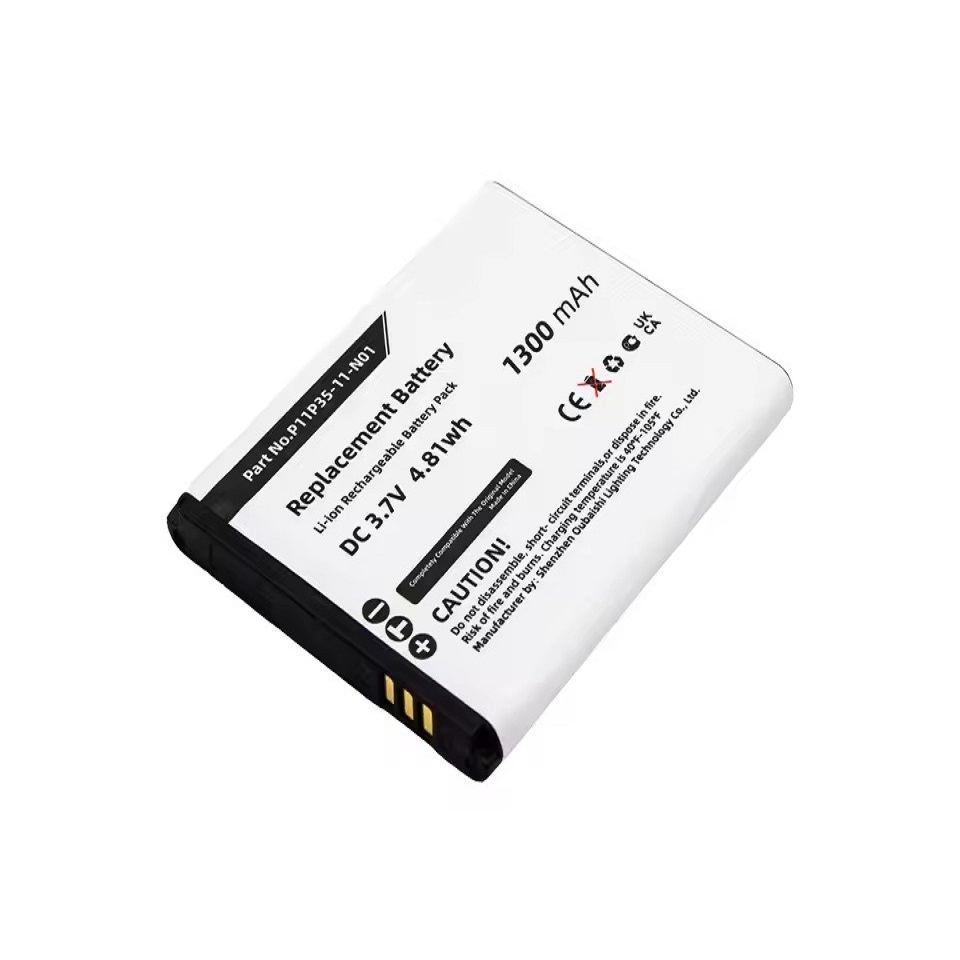
Applications and Market Potential
Electric Vehicles
Electric vehicles (EVs) are one of the primary applications for MDTI batteries, and their adoption is expected to drive significant market growth. The high energy density and power output of MDTI batteries make them well-suited for EVs, providing longer driving ranges and faster charging times. The enhanced cycling stability and lifespan of MDTI batteries also address the concerns of consumers regarding the longevity and reliability of EV batteries. As the demand for EVs continues to rise, driven by government incentives and stricter emission regulations. the market for MDTI batteries pois for substantial growth. Major automakers are increasingly investing in MDTI battery technology. recognizing its potential to revolutionize the EV industry and accelerate the transition to sustainable transportation.
Renewable Energy Storage
Renewable energy storage is another key application for MDTI batteries, with the potential to transform the way we generate and consume electricity. The intermittent nature of renewable energy sources, such as solar and wind, requires efficient and reliable energy storage solutions to ensure a stable power supply. MDTI batteries, with their high energy density and long lifespan, are ideal for storing large amounts of energy and releasing it when needed. They can use in residential, commercial, and utility-scale energy storage systems. Enabling the integration of renewable energy into the grid and reducing the dependence on fossil fuels. The market for renewable energy storage is rapidly expanding, driven by the increasing adoption of renewable energy and the need for grid stability. MDTI batteries well-position to capture a significant share of this market. Offering a cost-effective and sustainable solution for energy storage.
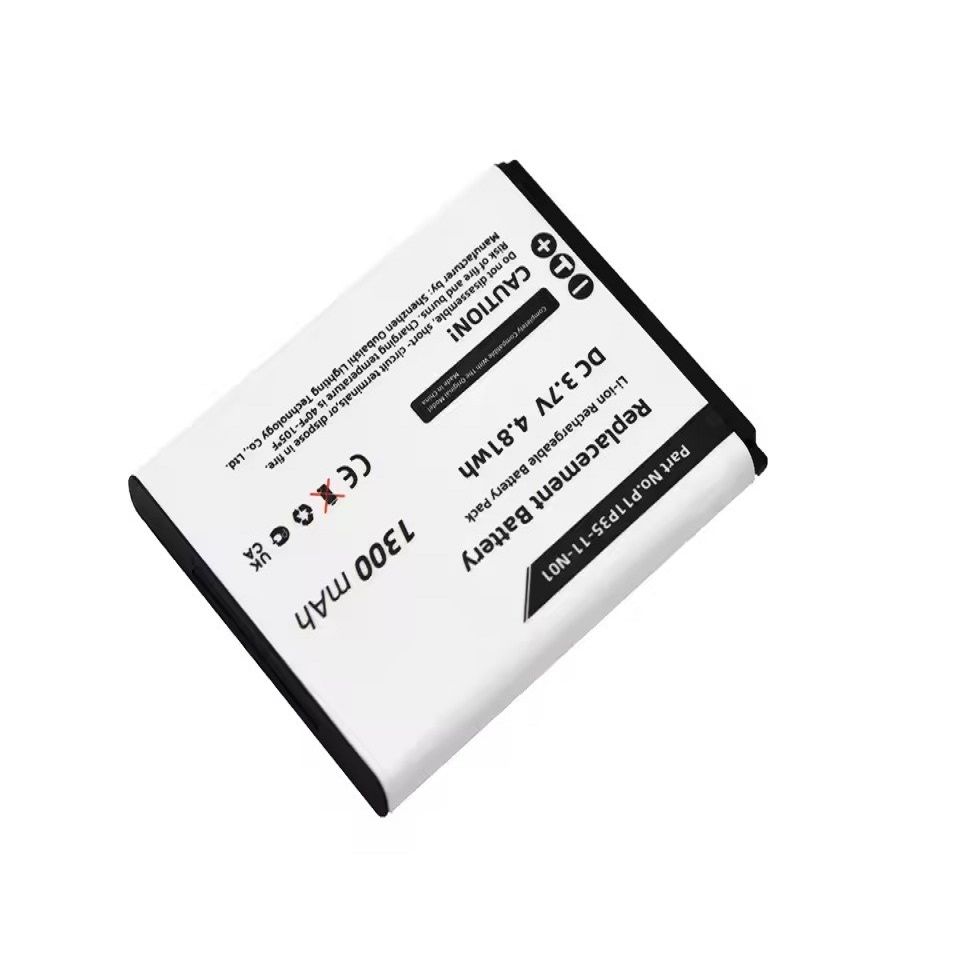
Future Developments and Innovations
Advancements in Electrode Materials
Continued research and development focus on further improving the performance and efficiency of MDTI batteries. One area of innovation is the development of new electrode materials that can enhance the energy density and cycling stability. For example, researchers are exploring the use of advanced lithium-metal anodes, which have the potential to significantly increase the energy density of MDTI batteries. These anodes, when combined with the existing titanium interlayer, could provide even higher energy storage capabilities and longer lifespans. Additionally, the use of novel cathode materials, such as high-nickel-content lithium-nickel-manganese-cobalt oxide (NMC), investigat to boost the power output and energy density of MDTI batteries. These advancements in electrode materials expect to push the boundaries of MDTI battery technology, making them even more competitive in the market.
Integration with Smart Grids
The integration of MDTI batteries with smart grids is another area of innovation that holds great promise. Smart grids are designed to optimize the generation, distribution, and consumption of electricity, and MDTI batteries can play a crucial role in this ecosystem. By integrating MDTI batteries with advanced monitoring and control systems, it is possible to manage the flow of energy more efficiently, balancing the supply and demand in real-time. This can help to reduce peak loads, improve grid stability, and lower energy costs. Moreover, MDTI batteries can use to store excess energy during off-peak hours and release it during peak demand, providing a more flexible and responsive energy system. The development of smart grid technologies, coupled with the high performance and reliability of MDTI batteries, expect to drive significant advancements in the energy sector, paving the way for a more sustainable and resilient power infrastructure.
Conclusion
The Future of MDTI Batteries
In conclusion, MDTI batteries represent a significant advancement in energy storage technology, offering superior efficiency, longevity, and safety. Their unique design, featuring a multi-dimensional titanium interlayer, enhances their performance and reliability, making them suitable for a wide range of applications, from electric vehicles to renewable energy storage. The ongoing research and development in electrode materials and smart grid integration are likely to further enhance the capabilities of MDTI batteries, solidifying their position as a key player in the future of energy storage. As the world continues to shift towards sustainable and low-carbon energy solutions. MDTI batteries pois to play a crucial role in this transition, contributing to a cleaner, more efficient, and more reliable energy system.
